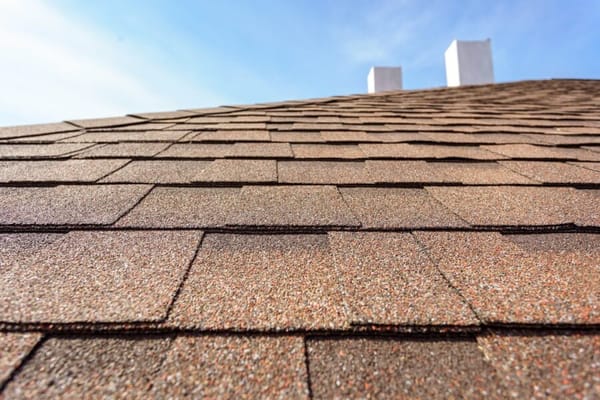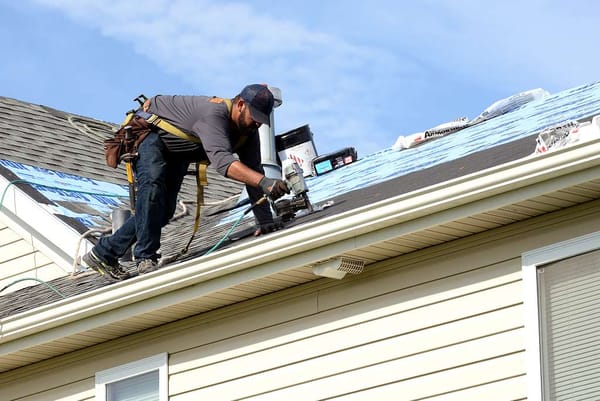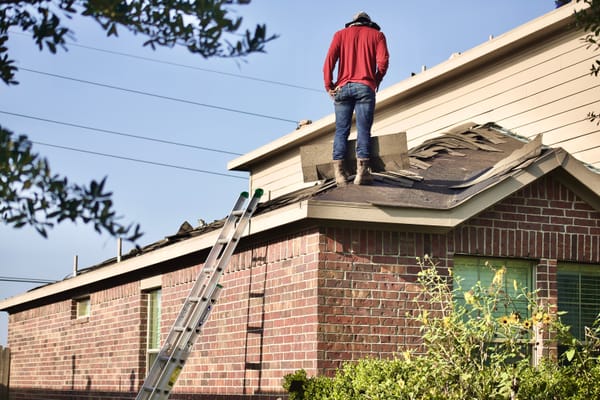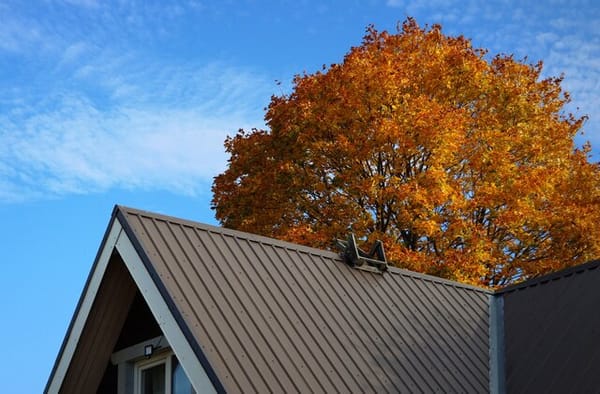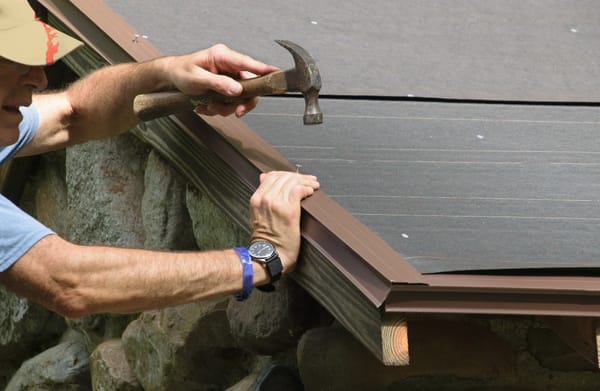The recent spate of natural disasters has left many wondering how to protect their homes from extreme weather conditions. Fortunately, there are several ways to prepare your home to better withstand these events.
Here are some suggestions for bracing your home against harsh weather conditions:
Understanding Extreme Weather Conditions
When preparing for extreme weather conditions, you must understand the different types of situations.
The following are some examples:
- Hurricane: A hurricane is a tropical cyclone that has sustained wind speeds greater than 74 miles per hour (mph). These storms can cause flooding and destruction over large areas. Take the example of Hurricane Ian, which landed in South Carolina in late September 2022. Thousands of people in North and South Carolina had to survive without power for days.
Another example can be Hurricane Kay, which brought showers of rain and thunderstorms in Phoenix and Tucson. A county west of Tucson was also under flood watch due to this hurricane.
- Tornado: Tornadoes occur most frequently in spring across the central U.S. but can happen at any time throughout the year throughout North America. One of the deadliest tornadoes hit the American South and Midwest recently in April 2023, causing 32 deaths.
The government across the US is doing its work by developing and implementing programs that can help fight extreme weather conditions. For example, the authorities in Phoenix, Arizona, have launched the Cool Pavement Program to combat the heat. As a part of the program, a unique heat-reflecting asphalt coating has already been applied to 36 miles of the neighborhood.
While the government is playing its part, the best way to prepare yourself against these extreme weather conditions is by staying informed to know what actions must be taken before they directly hit your area or home.
Preparing for Extreme Weather
Before you even consider bracing your home against extreme weather, knowing what weather patterns are common in your area is essential. For example, an unexpected snowstorm may catch you off guard if you live in a desert climate and are used to hot days with no rain and cool nights.
If an impending storm is on the horizon, listen carefully for local news reports that update its progress. Remember that even though these storms may seem far away right now, they can quickly change course and head straight for where you live, and this means it's vital for people living in those areas to take precautions now so that they're prepared when things get worse later on down the line.
Securing Windows and Doors
Keep the following points in mind:
- Make sure windows and doors are weather-stripped. If your home has old, drafty windows, consider replacing them with newer energy-efficient models. You can also buy weather stripping kits to seal around your current windows at hardware stores. You can expect to pay between $129 and $428 for weather stripping.
- Make sure the frames of the doors are sturdy enough to withstand strong winds. If not, consider having them reinforced with braces before an approaching storm.
- Fasten all loose items around your property that could become projectiles during high winds or airborne debris if falling trees or branches are damaged. Securely fasten down any loose fence boards as well. If necessary, add additional stakes for support if your fence has been damaged recently by high winds, flooding, etc.
Broken windows can allow rainwater and strong winds to seep into the house, causing property damage. Hence, if your home has a broken window, hire a window repair company to help you with the problem. When looking for a company, go with a local service provider. This is important because local providers mean you can easily contact them face-to-face, as and when required.
Suppose you live in Phoenix and get some news about a hurricane like the Hurricane Kay, contact a window and glass company in Phoenix for services. You can do a quick Google search to find a residential window and glass company in Phoenix.
Hire a company with a strong work portfolio. Demers Glass has worked with big companies like the Greater Flagstaff Chamber of Commerce, Peoria, MyGuy Referrals, etc. It also has a good track record of work, highlighted in many testimonials the company has listed on its website. It is also accredited with multiple awards from Home Advisor.
Reinforcing the Roof
First, check the attic for leaks. If you have a leaky roof, finding and fixing the problem before things get worse is important. You can do this by checking for any cracks or missing shingles. If you find any, replace them immediately. If not, chances are good that extreme weather conditions have compromised your roof in the past and will need replacing soon anyway.
Next up, make sure the gutters are clean and draining properly. If they're clogged with debris, which can happen when high winds blow leaves and other debris into them, you'll end up with more water damage inside your home than if they were clear from start to finish.
When choosing a roof repair service provider, consider the quality and cost. The roof repair cost can vary widely based on multiple factors, including material, corrosion-resistive applications, quality, etc. According to Fixr, the average roof repair cost can range between $400 to $2,000.
Gathering Emergency Supplies
As you prepare your home, gathering emergency supplies is essential. These include:
- Food and water: In a power outage or other disaster, you must have access to adequate quantities of food and water for at least three days. It's best if these items are non-perishable or easy to store.
- Medicine: Make sure you have enough prescription medications on hand so that no one in your family will be adversely affected by a lack of access during an emergency. Also, consider any over-the-counter medications necessary for treating minor injuries when going to the doctor isn't possible due to weather conditions outside your home.
Conclusion
Extreme weather can wreak havoc on your home, but it is important to remember that you can take steps to protect yourself and your loved ones. The easiest way to do this is by creating an emergency plan and stocking up on supplies. You should also check for vulnerable areas in your home, such as windows or doors, that may need reinforcing before an extreme weather event hits.


